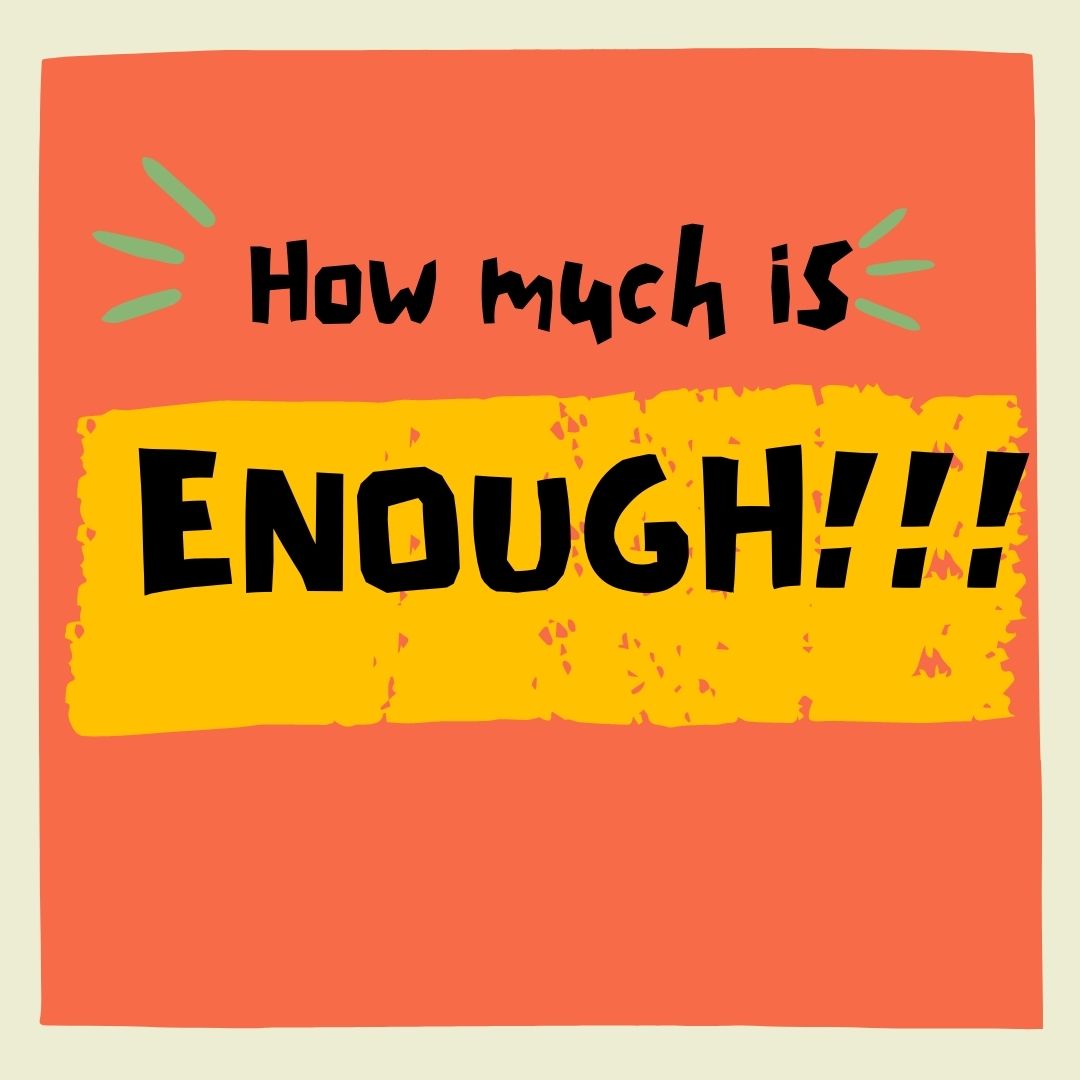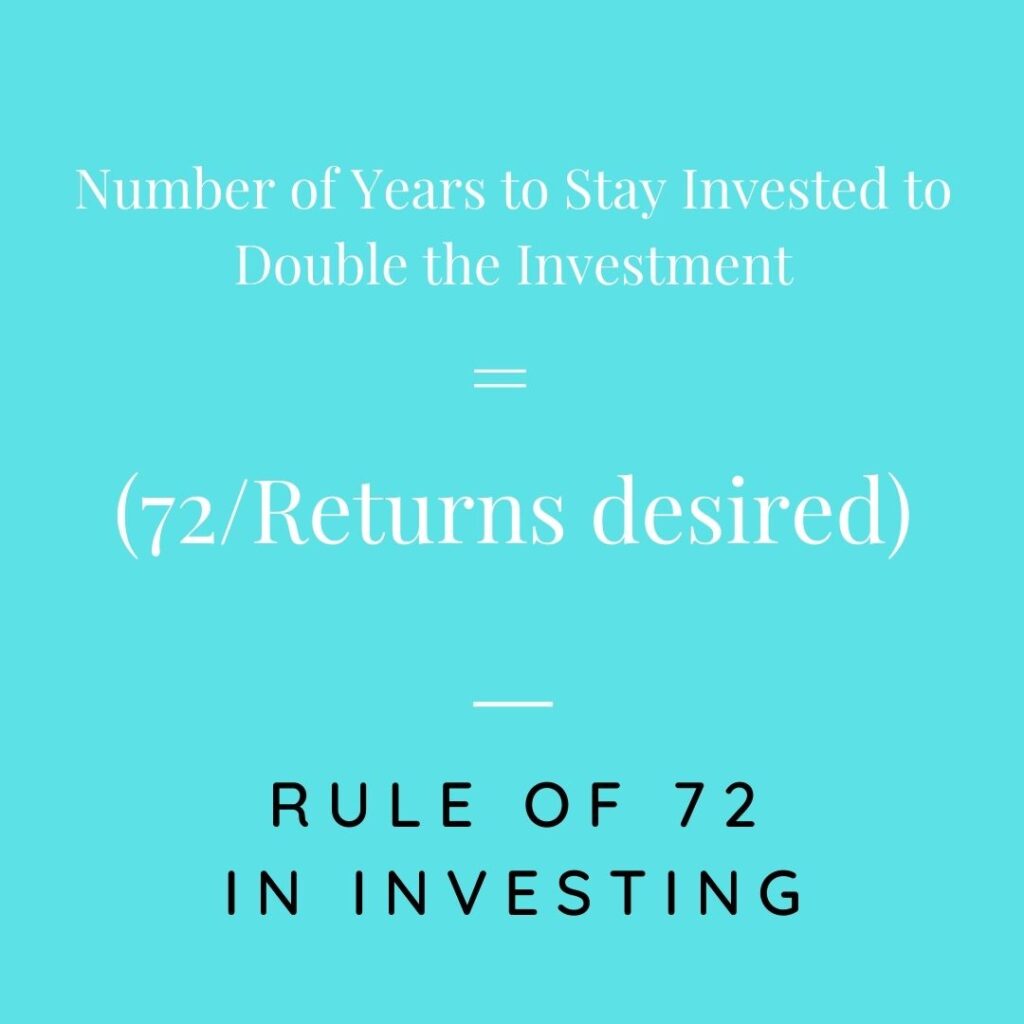How Much Returns are Enough in Investing?
- 7 April 2021 | 1332 Views | By Mint2Save

“I want to be a successful investor”.Irrespective of the fact about what one’s job is, how much he is earning, what is his knowledge about finance; this is certainly the mantra of anyone in the world of finance.
From startups to blue-chips stocks, to even settling out bad accounts, deals that make money are everyone’s cup of tea. Of course, why shouldn’t they be? Who doesn’t want as much money as possible?
There is also a dark side to this universal truth, which begins when the word “enough” is omitted by the investor. In the world of investing, when one doesn’t measure the pinnacle of enough, no treasure can satisfy his thirst. This often results in bad decisions, with people resorting to unethical activities to get more, or losing whatever they had gained back to the markets.
Take the example of the historic rise of the stock markets since the unprecedented losses due to Covid-19 and its other repercussions. No analyst knew the depth to which the losses would drill down, and now no analyst knows how much can one gain.
Even when the markets are becoming more and more volatile and the threat due to Covid-19 still looms (and will loom for certainly half of this decade), there is no benchmark set, that says “Enough, this would do for a happy life.”
The internet is full of articles, coaches, videos, graphics that depict the best ways to invest, reap and create wealth. A handful would assist in deciding the benchmarks/milestones for realizing what is enough.
In this article, we shall explore certain tricks that can help one identify, that he has made enough returns, and now he can enjoy.
Comparing with Rule of 72
The Rule of 72 needs no introduction. Dividing 72 by the return desired gets you the number of years to stay invested to double your investment money.
Rule of 72
When measuring returns from a lumpsum investment, the rule of 72 will help in identifying how much returns are satisfactory to double the amount invested in a suitable amount of time.
Returns Beat Debt incurred for Capital Expenditure
Let us first elaborate on the debt incurred for capital expenditure. Debts, from a macro point of view, can be categorized into the following two types:
(a) Recurring: These are created via credit cards or overdrafts, and are mostly used for day-to-day spendings.
(b) One Time Debt / Capital Expenditure Debt: These debts include home loans, mortgage loans, car loans, etc., which are mostly used to create an asset. While talking about investing to meet the debt, this is the debt that our investments should focus on, as these debts are also for the long term.
Often our debt payments are tied to a fixed or a certain band of interest rates. With our investments, our motive is to generate returns at least to trade off the interest charged by the debt.
However, when our investments have made enough returns to cover the debt, the best thing is to pay off the debt with the returns made. This shall not provide one with the power of being debt-free but shall also make him more available to think beyond debts.
Warren Buffett Top Investment Advises
One of the key ingredients to Warren Buffett or Charlie Munger’s investing streak is time. But time has worked only when they knew how much they want from an investment. The other ingredient is knowing when the glass is full. This gives rise to a simple question:
What Is a Good Return on Your Investments?, OR
Is 8/10/12 % a good return?
These questions are certainly answerable in numbers, or after assessing the risk-return profile of the investor.
A lot of metrics such as past returns, targets set by financial advisors, etc., tend to confuse common investors. Setting a benchmark can certainly hack them out of the return-investment puzzle. Have you set a benchmark for your investing plan?










